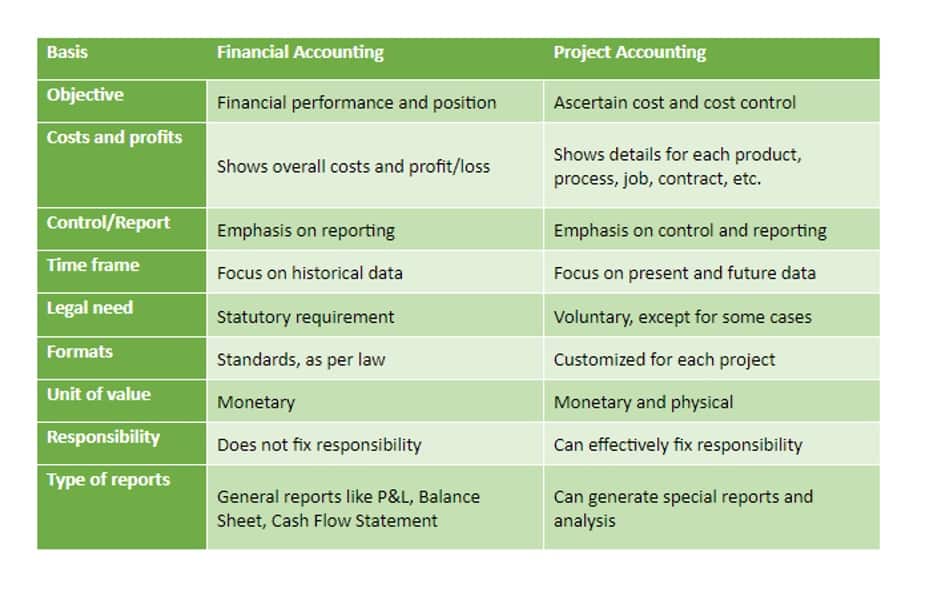
The management must look at the additional cost of producing the products under one roof. This could mean more deliveries from vendors or even more training costs for employees. It can be of interest to determine the incremental change in cost in a number of situations. For example, the incremental cost of an employee’s termination includes the cost of additional benefits given to the person as a result of the termination, such as the cost of career counseling. Or, the incremental cost of shutting down a production line includes the costs to lay off employees, sell unnecessary equipment, and convert the facility to some other use.

Incremental Costing: How to Calculate and Compare the Incremental Costs and Benefits of Different Options
It is important to note that this issue is not explicitly addressed in IFRS 15. Suppose the retail chain estimates that the online platform will generate an additional $100,000 in annual revenue. The incremental cost of $20,000 seems justified given the potential benefits. To increase the sales to gain more market share, the company can leverage the lower cost per unit of the product to lower the price from ₹ 25 and sell more units at a lower price. They are always composed of variable costs, which are the costs that fluctuate with production volume. As a result, the total incremental cost to produce the additional 2,000 units is $30,000 or ($330,000 – $300,000).
Incremental Cost vs. Incremental Revenue

Remember, incremental costs are context-specific, and thorough analysis ensures informed decision-making. Whether you’re optimizing business processes, designing public policies, or improving patient care, understanding incremental costs empowers you to navigate complex choices effectively. If a company responds to greater demand for its widgets by increasing production from 9,000 units to 10,000 units, it will incur additional costs to make the extra 1,000 widgets. If the total production cost for 9,000 widgets was $45,000, and the total cost after adding the additional 1,000 units increased to $50,000, the cost for the additional 1,000 units is $5,000.
Related terms
They are influenced by broader considerations, including the financial success of the entity and the performance of individual employees. Consequently, such bonuses do not qualify as genuinely incremental or directly linked to specific contracts, thus differing from the aforementioned incremental costs. There could also be other varieties of incremental employee contract costs like bonuses which progressively increase with each contract. Technically, entities should also recognise social security charges levied on the incremental part of remuneration as assets. Other less frequent examples of incremental costs include various types of success fees paid to advisors. In each of these scenarios, incremental costing provides a structured approach to decision-making.
Incremental costs of obtaining a contract

Incremental cost, also known as the marginal or differential cost, refers to the additional cost a business incurs when producing or selling an additional unit of a product or service. It is a crucial concept for decision-makers, allowing them to evaluate the profitability of specific actions and make informed choices cash flow that contribute to the financial success of their business. In other words, incremental costs are solely dependent on production volume. Conversely, fixed costs, such as rent and overhead, are omitted from incremental cost analysis because these costs typically don’t change with production volumes. Also, fixed costs can be difficult to attribute to any one business segment. Incremental cost, also referred to as marginal cost, is the total change a company experiences within its balance sheet or income statement due to the production and sale of an additional unit of product.

Incremental Cost
Incremental cost analysis is often used to analyze business segments to determine their profitability. All fixed costs, such incremental fee as rent, are omitted from incremental cost analysis because they do not change and are generally not specifically attributable to any one business segment. When it comes to managing finances effectively, understanding incremental cost can make a significant difference.

Incremental costs help to determine the profit maximization point for a company or when marginal costs equal marginal revenues. If a business is earning more incremental revenue (or marginal revenue) per product than the incremental cost of manufacturing or buying that product, then the business earns a profit. Deciding on the capitalisation of contract costs requires careful judgement. The primary focus should be on determining which costs generate or enhance resources that will be used in satisfying (or in continuing to satisfy) performance obligations in the future. As clarified in IFRS 15.BC308, entities cannot capitalise costs merely to smooth out profit margins across the life of a contract by evenly allocating revenue and costs. Entities are not permitted to capitalise this initial loss on a contract merely because they are awaiting the resolution of the constraining estimates of variable consideration.
Limitations of Incremental Costing
Without immediate and effective action, the trend of nursing home closures will continue, further endangering access to essential long-term care services. Advocacy marketing is a fascinating and increasingly crucial aspect of brand strategy, particularly…
- Upon the expiry of the 5-year contract, Customer X signs another contract, this time for 10 years.
- After performing an impairment test at the contract level, contract costs recognised as an asset are included in the carrying value of CGU to be tested for impairment under IAS 36 (IFRS 15.103).
- As clarified in IFRS 15.BC308, entities cannot capitalise costs merely to smooth out profit margins across the life of a contract by evenly allocating revenue and costs.
- Since 1951, clients have chosen Marcum for our insightful guidance in helping them forge pathways to success, whatever challenges they’re facing.
- Incremental costing helps evaluate the impact on patient care and financial sustainability.
By systematically varying the values of these variables, we can gain insights into the robustness and reliability of our calculations. When faced with complex business decisions, managers often find themselves at a crossroads. These questions require careful consideration, and one powerful tool that can guide decision-making is incremental analysis. When it comes to decision-making, comparing the benefits and costs of different options is crucial.